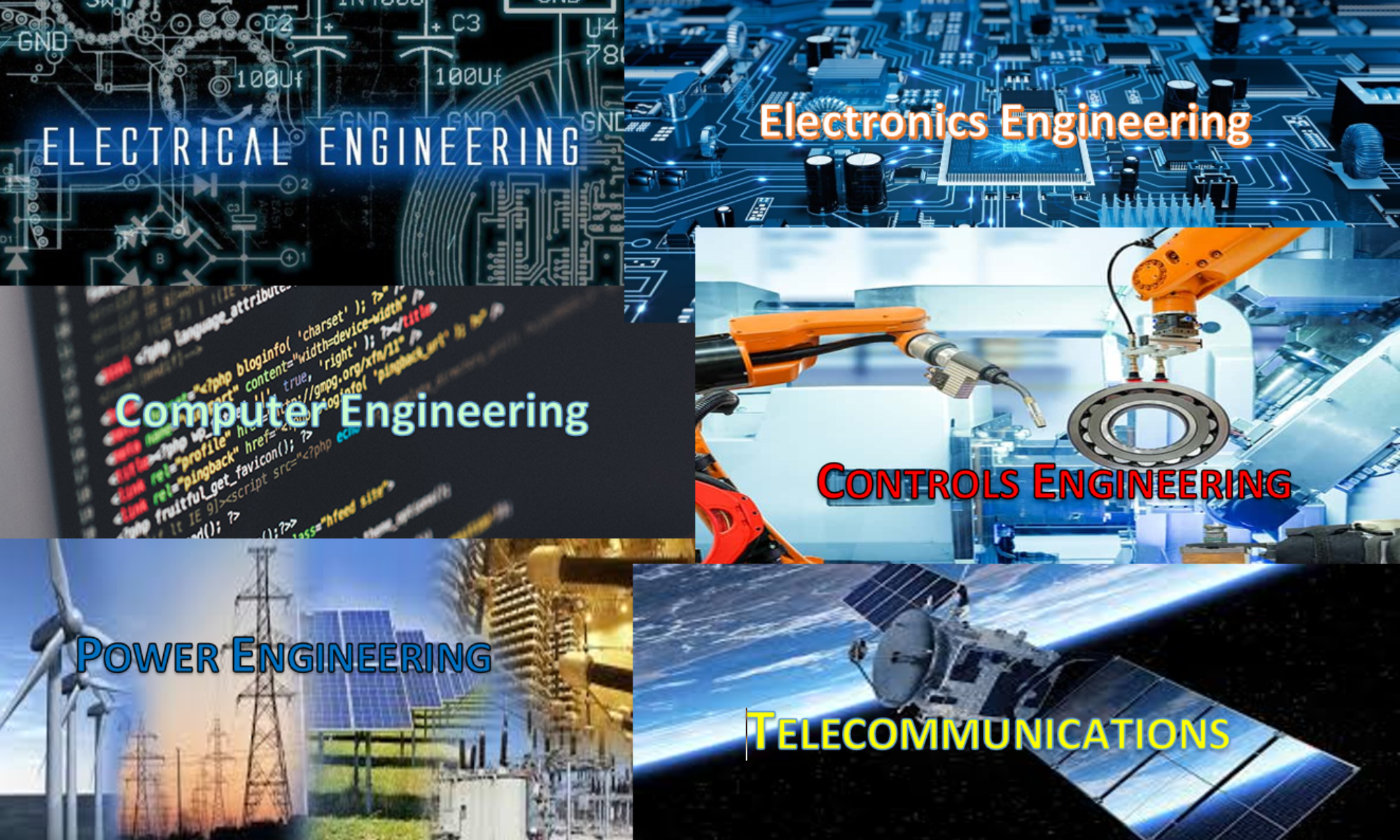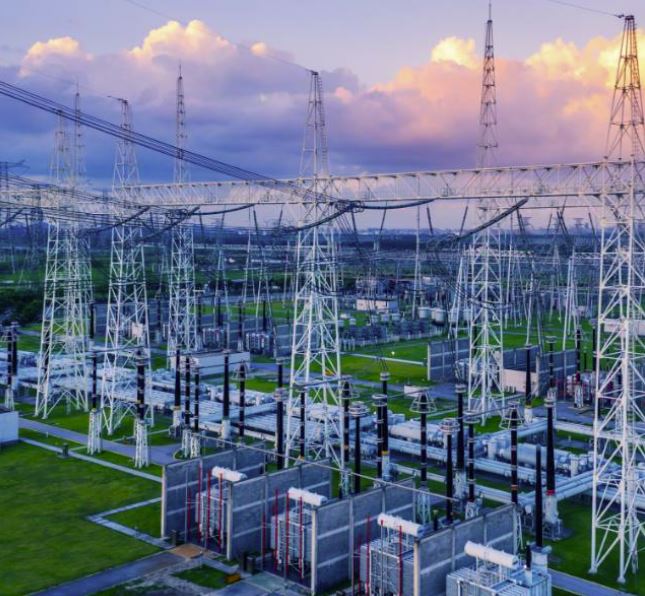
Recent changes in U.S. policy and approved “legislation are slashing federal support for both wind and solar renewable projects.” As the tax credits and clean energy incentive benefits for constructing new green power plants are hastily eliminated, how much will the wind and solar markets decline?
This change in American policy “is likely to throw fresh uncertainty over renewable energy investments, especially as the sector struggles to keep pace with surging electricity demands across the U.S.”





